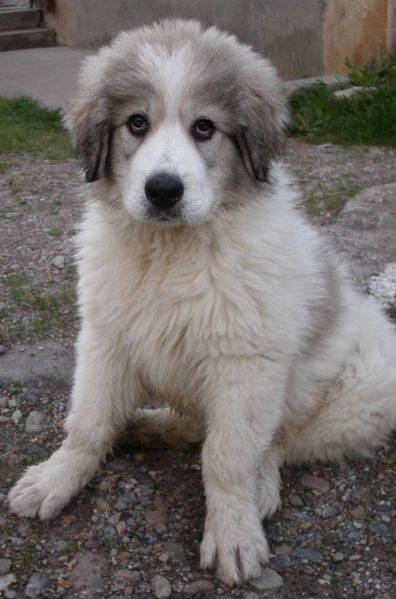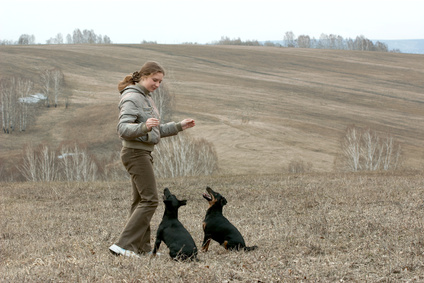Crate training is currently seen as an almost indispensable element of puppy training. However, many people use a crate simply as a place to confine their puppy when they are at work or otherwise away from home for long hours. In actuality, crate training is a useful tool in house training your puppy, and also provides her with a place of her own that she can go to whenever she needs to have time to herself.
The idea behind crate training is that a dog doesnt want to soil in the same place she sleeps. Thus, when you strategically use a crate in your house training, you work with your puppies natural instincts and allow her to develop control over her. Crate training involves a lot of interaction on your part; you need to be there when your puppy needs to eliminate or crate training cant help house train your puppy.
Before you begin crate training, get a good crate for your puppy preferably before you bring her home. Get a crate that will be the right size for your puppy when shes an adult. To make this adult crate puppy-size, block off one end so she has just enough space to comfortably stand, sit, and lay down in her crate.
Successfully crate training your puppy requires you to make a commitment to her. Youll need to give her an opportunity to eliminate outside at least once an hour. Each hour, take her out of her crate, put her on a leash, and take her outside to eliminate. If nothing happens within a few minutes, just take her back inside, put her in her crate, and try again in an hour. If she does eliminate, praise her and reward her with something meaningful, such as praise, affection, and supervised play time outside of her crate.
Keep track of when your puppy eliminates, and transition to taking her outside at those times rather than every hour once you notice a schedule. To reinforce this schedule, place her in her crate one hour before you plan on taking her outside. Just as before, put her on a leash and take her outside, giving her plenty of time to eliminate and rewarding her when she does. You can then give her supervised time outside of her crate.
As she develops more control, you can reduce the amount of time you crate her before taking her outside, eventually doing away with crating her altogether. If she has an accident during any step of crate training, or even afterward, clean it up without punishment. All it means is that she has not yet developed the control she needs, or you didnt give her the opportunity to eliminate that she needed.

 Potty Training a Puppy While at Work
Potty Training a Puppy While at Work
P
Potty Training a Puppy While at Work
Potty Training a Puppy While at Work
P
 How to Potty Train Puppy on a Puppy Pad
How to Potty Train Puppy on a Puppy Pad
How to Potty Train Puppy on a Puppy Pad
How to Potty Train Puppy on a Puppy Pad
 German Shepherd Training & Tricks
German Shepherd Training & Tricks
German Shepherd Training & Tricks
German Shepherd Training & Tricks
 Free Potty-Training Tips for Female Pit Bull Puppies
Free Potty-Training Tips for Female Pit Bull P
Free Potty-Training Tips for Female Pit Bull Puppies
Free Potty-Training Tips for Female Pit Bull P
 Classes for Training Service Dogs
Classes for Training Service Dogs
Clas
Classes for Training Service Dogs
Classes for Training Service Dogs
Clas